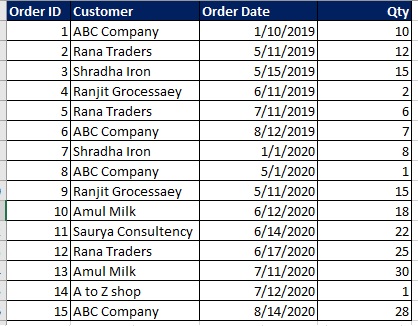Working with Python – Function & Lambda Function
Introduction
In this blog post we are trying to
discuss about Python Function and Lambda Function. Here we are not going to
describe what function is and how to use it, as every developer knows the uses
of function.
Hope it will be interesting.
Syntax
of Function
In Python Function, there is no Begin and End like syntax.
Here we have to identify that using the Line alignment only. So,
you must be careful about it when writing a function in Python.
Example
of a Function
def myfunc(name):
print(name)
myfunc('Joydeep Das')
Joydeep Das
Parameters and Default Values
We can specify the default value of Parameters in the Function.
def myfunc(firstname,lastname="Das"):
print(firstname+'
'+lastname)
myfunc('Deepasree')
Deepasree Das
Here the lastname
arguments have default value Das.
Need another example to understand it properly
def myfunc(firstname,lastname="Das",class=12,stream="Science"):
print(firstname+'
'+lastname)
print(class)
print(straeam)
myfunc('Deepasree')
We know, you already understand the output of this. But can you
understand that we can assign Parameter value only in right side not in left.
For example:
def myfunc(name="Deepasree Das",class=12,stream):
We are not allowed to write the above type of function argument
default value assignment.
Arbitrary Arguments, *args
If we do not
know how many arguments that will be passed into your function, add a * before
the parameter name in the function definition.
Example:
def myfunc(*arg):
print(arg[1])
myfunc('Joydeep','Mayuree','Saurrya')
Mayuree
Take another example with multiple parameters.
def my_function(**kid):
print("His last name
is " + kid["lname"])
my_function(fname = "Tobias", lname =
"Refsnes")
His last name is Refsnes
Lambda Function
A lambda function is a small anonymous function. A lambda function can take any number of arguments, but can only have one expression.
We can understand the usages of Lambda Function, when we are trying to use Map, Filter and Reduce.
Syntax:
lambda arguments : expression
Example:
s=lambda x:x*x
print(s(4))
In our next post we are going to discuss Map, Filter and Reduce.
Hope you like it.




I forgot to pass List as a parameters.
ReplyDeletedef myfunc(l=[]): # empty list
print(l)
lst=[1, 2,3]
myfunc(lst)
--> Output:
[1, 2,3]
Tuples is not mutable like List. That means you can not chnge the element of Tuple.
ReplyDeletet=(1,2, 3)
print(t)
Output:
(1, 2,3)
U can't do operation like
t[0] = 5
# Gives error
Dictaniary can take key and valu payer. You can change the value not key. We are trying to provide seperate post on Dictionary.
ReplyDeleted = {1:"Joy", 2:"Toy", 3:"Boy"}
This is for your reference.
You can concert tuples to list, list to tuple, dictionary etc by using convertion function with some logic.
ReplyDeleteWe have nested structure tooo. .
l=[(1,2, 3) , (4,5, 6) ]
Here tuples is nested over list.